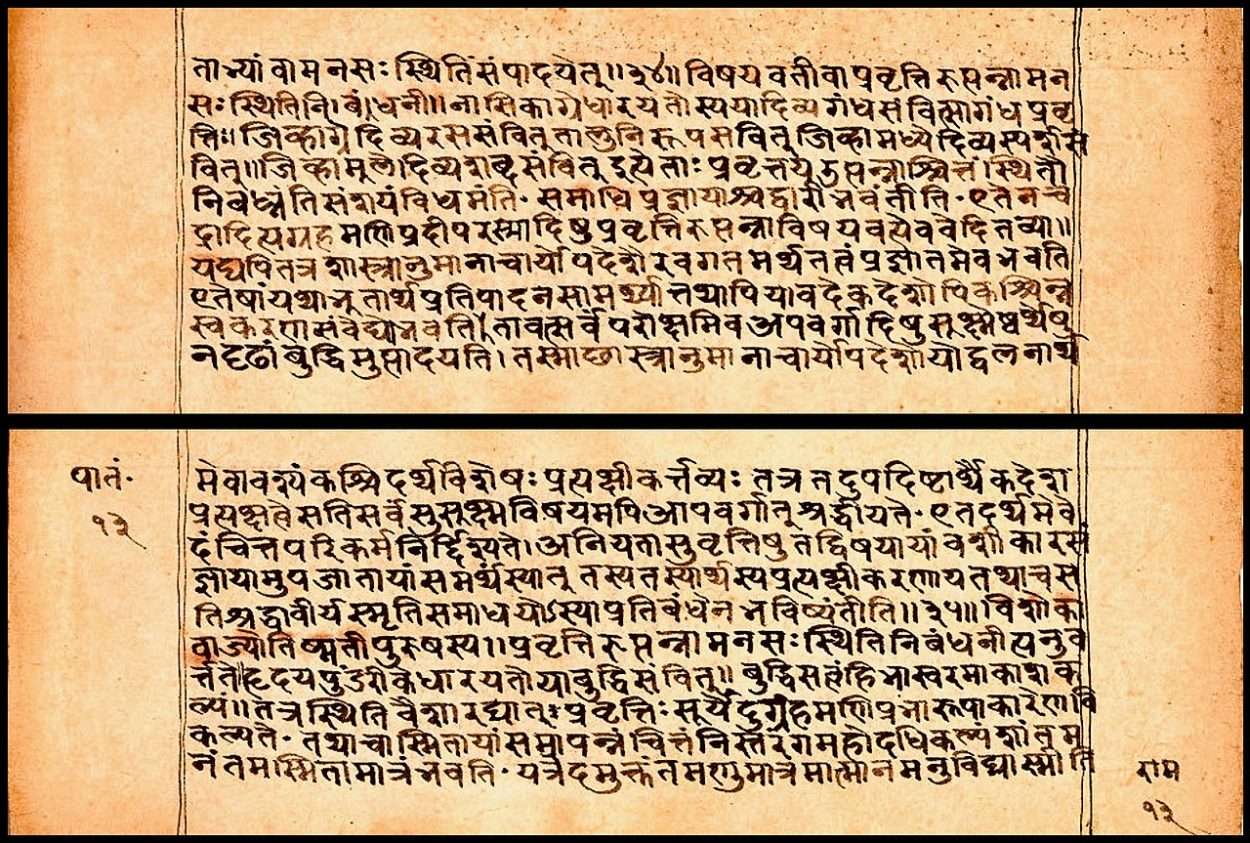
Devanagari: The Elegant Script Unwinding India’s Linguistic Tapestry

Devanagari Script: An Overview
The Devanagari script is a significant writing system with a rich history and extensive use across various languages, primarily in India and Nepal. Its name, derived from the Sanskrit words “deva” (god) and “nāgarī” (city), can be translated as “script of the city” or “urban script.”
Historical Development
Originating from the ancient Brahmi script, Devanagari has evolved through the centuries, with its early forms dating back to the 1st millennium CE. The script took on a more standardized form known as Gupta script, and by the 7th century CE, it had developed into what we recognize today as Devanagari. The script reached its mature form around the 11th century and has been used continuously since then.
Characteristics
Devanagari is an abugida, meaning each consonant-vowel sequence is written as a unit, and it consists of 48 primary characters, including 14 vowels and 34 consonants. It is characterized by a horizontal line that runs along the top of full letters, known as the “shirorekha.” The script is written from left to right and does not have a concept of letter case.
Languages Using Devanagari
Devanagari is used for writing several languages, including:
- Sanskrit: The classical language of Hinduism, which has been written in Devanagari for centuries.
- Hindi: The most widely spoken language in India, and the primary language written in Devanagari.
- Marathi: The official language of the state of Maharashtra in India.
- Nepali: The official language of Nepal, also written in Devanagari.
- Konkani: Spoken in the Konkan region along the western coast of India.
- Bhojpuri: A language spoken in the northern-eastern part of India and in Nepal.
Additionally, Devanagari is used for several other Indian languages and dialects, including Maithili, Sindhi, Bihari, Bhili, and others. It is also sometimes used for writing Kashmiri and Romani.
Modern Usage
Today, Devanagari is one of the most used and adopted writing systems in the world. It is the standardized script for Hindi, Nepali, Marathi, Konkani, and Bodo languages. The script has also influenced the development of other writing systems, such as Gujarati.
Cultural Significance
The widespread use of Devanagari for Sanskrit, the liturgical language of Hinduism, Buddhism, and Jainism, has led to its strong association with religious and scholarly texts. Its adoption for modern vernacular languages has further solidified its importance in the cultural and linguistic landscape of South Asia.
Learning Devanagari
For learners, Devanagari is known for its phonetic accuracy, where each letter consistently represents a single sound. This makes it relatively straightforward to learn for those interested in the languages it transcribes.In conclusion, the Devanagari script is a central element of the linguistic heritage of South Asia, serving as a bridge between the region’s past and present through its use in a variety of languages and contexts.